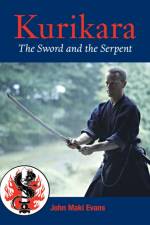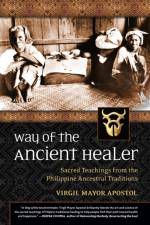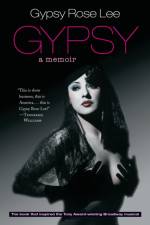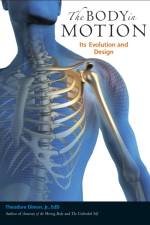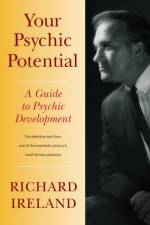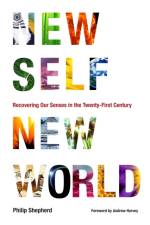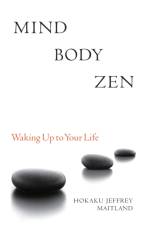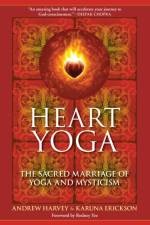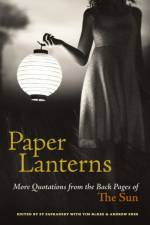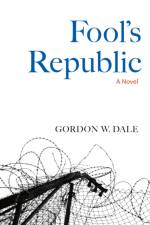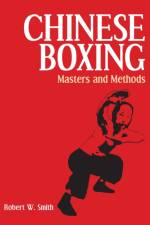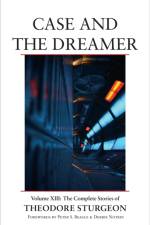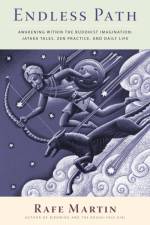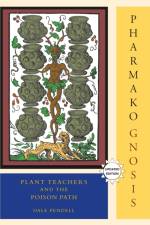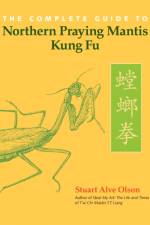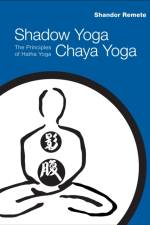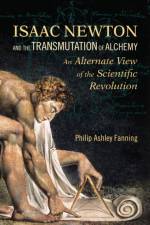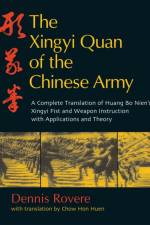- More Quotations from the Back Pages of The Sun
av Sy Safransky
211
Spanning regions, eras, religions, and philosophies, Paper Lanterns is a thoughtful collection of quotations that have appeared in The Sun magazine, which boasts a loyal readership of 70,000 people. With quotes by writers, artists, mystics, humorists, philosophers, and others, the book takes readers on a journey through innocence and experience, love and loss, disillusionment and awakening, by turns delighting readers and giving reassurance to those experiencing tough times. Divided into sixteen chapters, the book is organized by themes that include romantic love, family, education, travel, creativity, life challenges, compassion, social justice, nature, spirituality, and death. Unlike many books in this genre, Paper Lanterns avoids well-worn quotes, and the contributors are an eclectic group: from Hafiz to Emma Goldman; from John Lennon to the Buddha. Offering wisdom in a nutshell, Paper Lanterns respects the glory and the heartache of being human.

